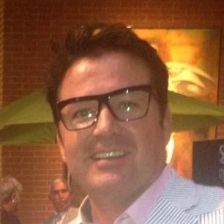
Article written by Francis Dunn, Miami, FL
The future of healthcare is changing as technology merges with medicine to provide patients with better care while assisting doctors with the information they need to offer an accurate diagnosis. The following healthcare improvements can provide for faster care, whilst helping people live healthier, fulfilling lives.
Artificial intelligence (AI) – AI systems can help to understand and create patterns from large amounts of medical data, helping doctors understand the best treatment methods. AI has also been used to scan test results such as breast cancer analysis and has outperformed human radiologists by 11%.
Virtual reality (VR) – VR is instrumental in training surgeons to perform complex surgeries, faster with a higher level of accuracy. New pain management techniques have used VR headsets which help patients manage pain and anxiety, resulting in faster recovery and shorter hospital stays.
Healthcare trackers and sensors – Health trackers, wearables, and sensors have become popular as people choose to take a proactive approach to their health and wellbeing. Health trackers will offer information on your heart rate, stress levels, sleep quality, and more.
Medical tricorder – Medical tricorders can in an instant measure a patient’s ECG, heart rate, oxygen levels, temperature, and blood pressure by simply scanning a patient.
Genome sequencing – Improvements in genetic testing have made tests as cheap as a general blood test. Such tests can provide vital information on drug sensitivity and family health conditions which have a bearing on lifestyle and nutrition.

Francis Dunn is based in Miami, Florida. He has worked as a health entrepreneur for over two decades using the latest technology to transform patient experiences. Over the course of his career, Francis Dunn has been fortunate to work with three tech startups, launching 25 technology products. At DMDconnects, he worked on a team that delivered over a 900 percent growth rate by implementing a range of innovative business drivers for the organization.